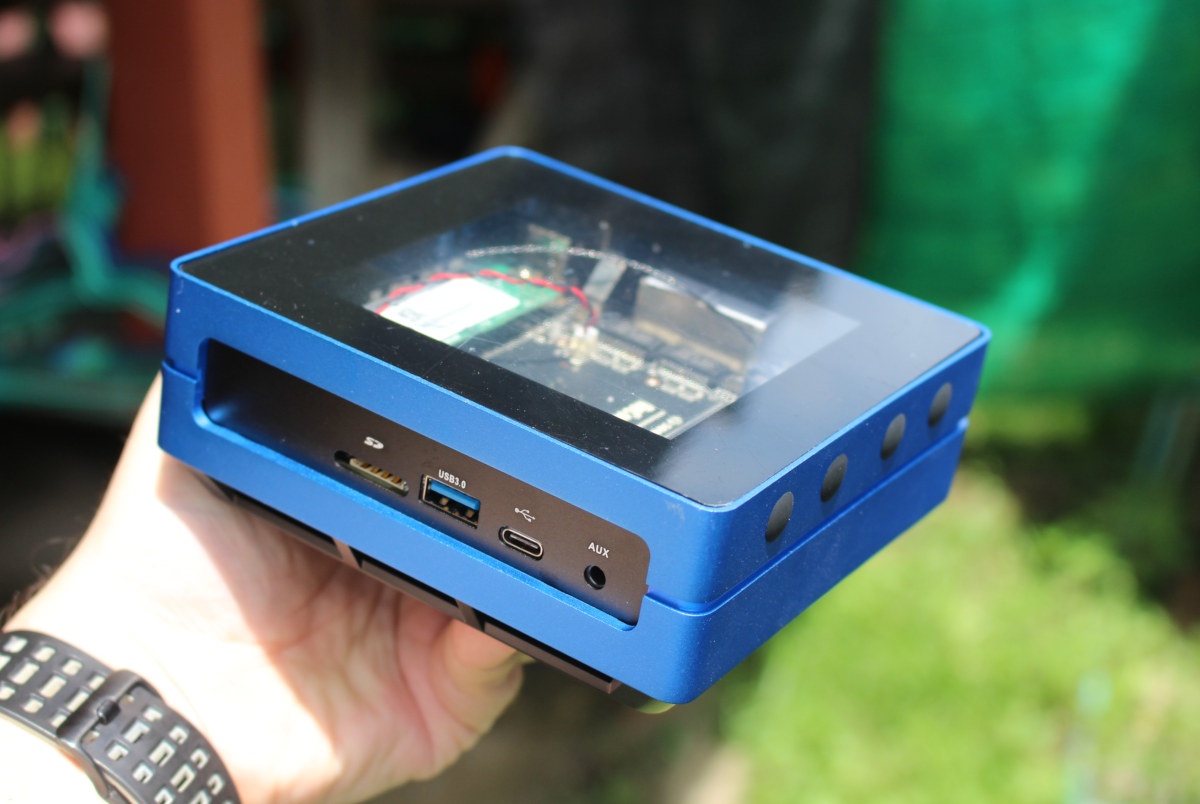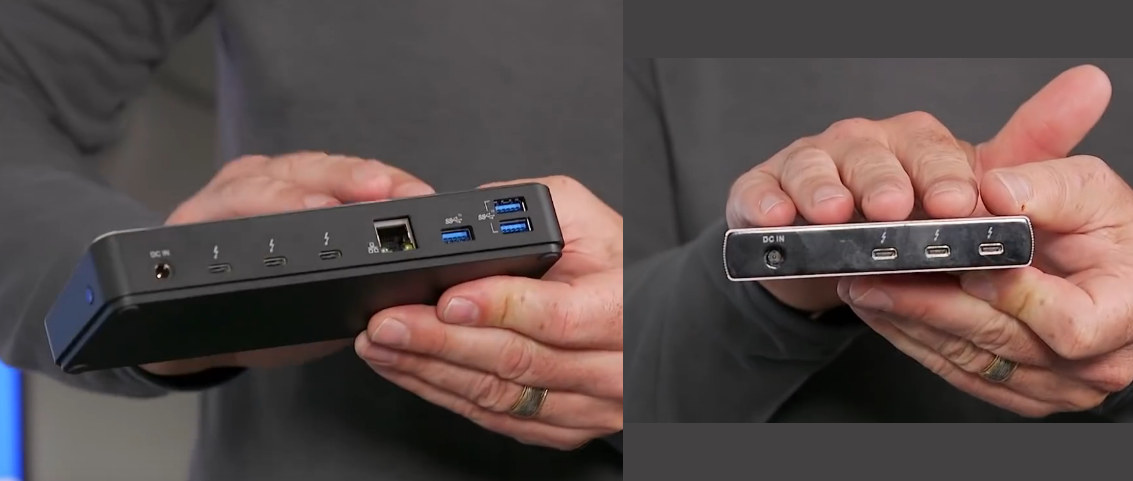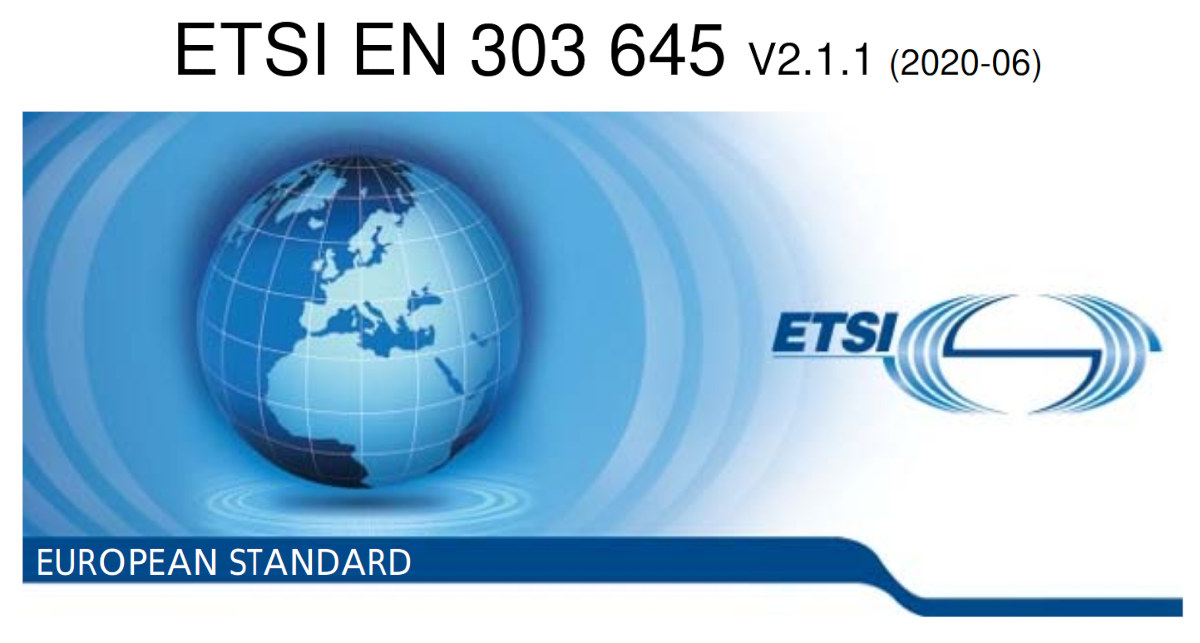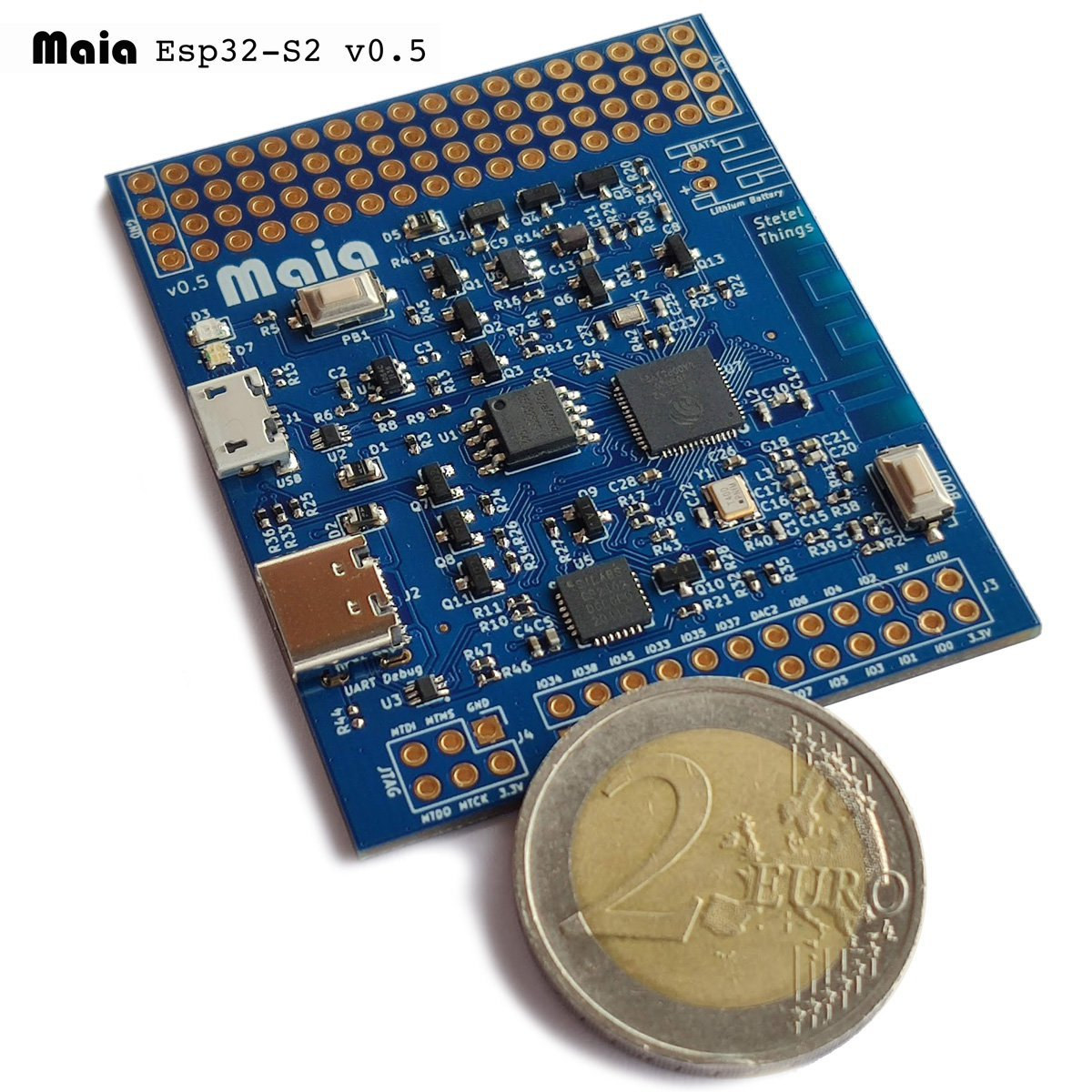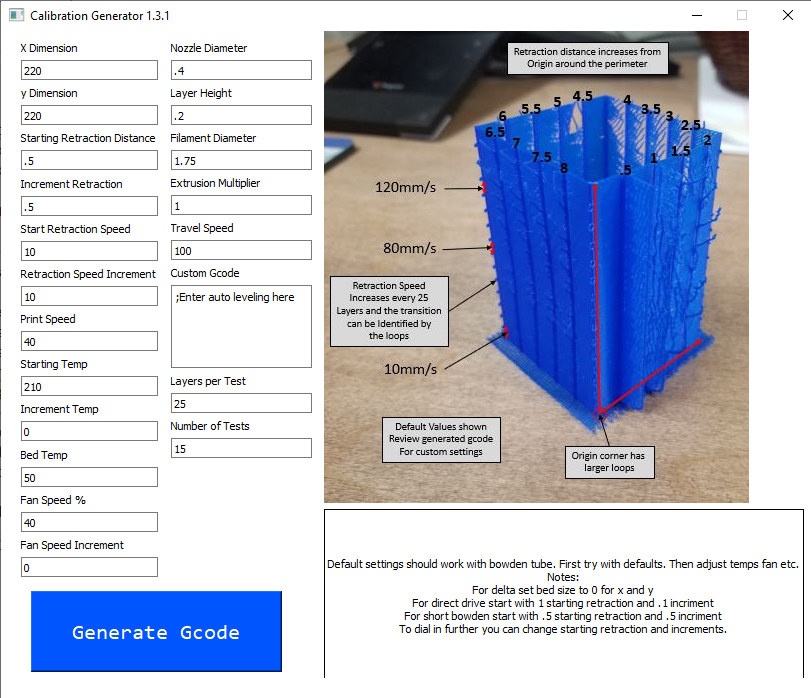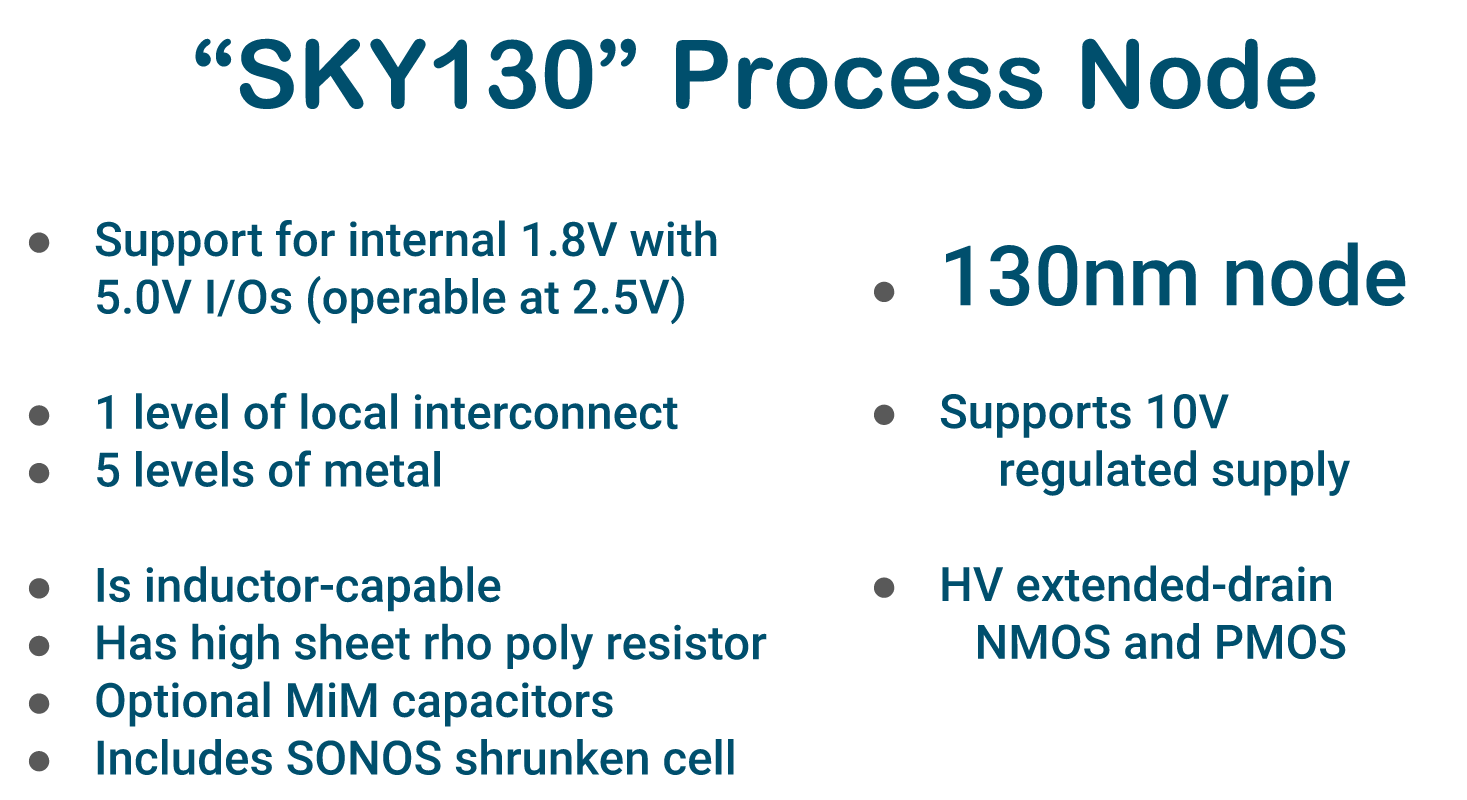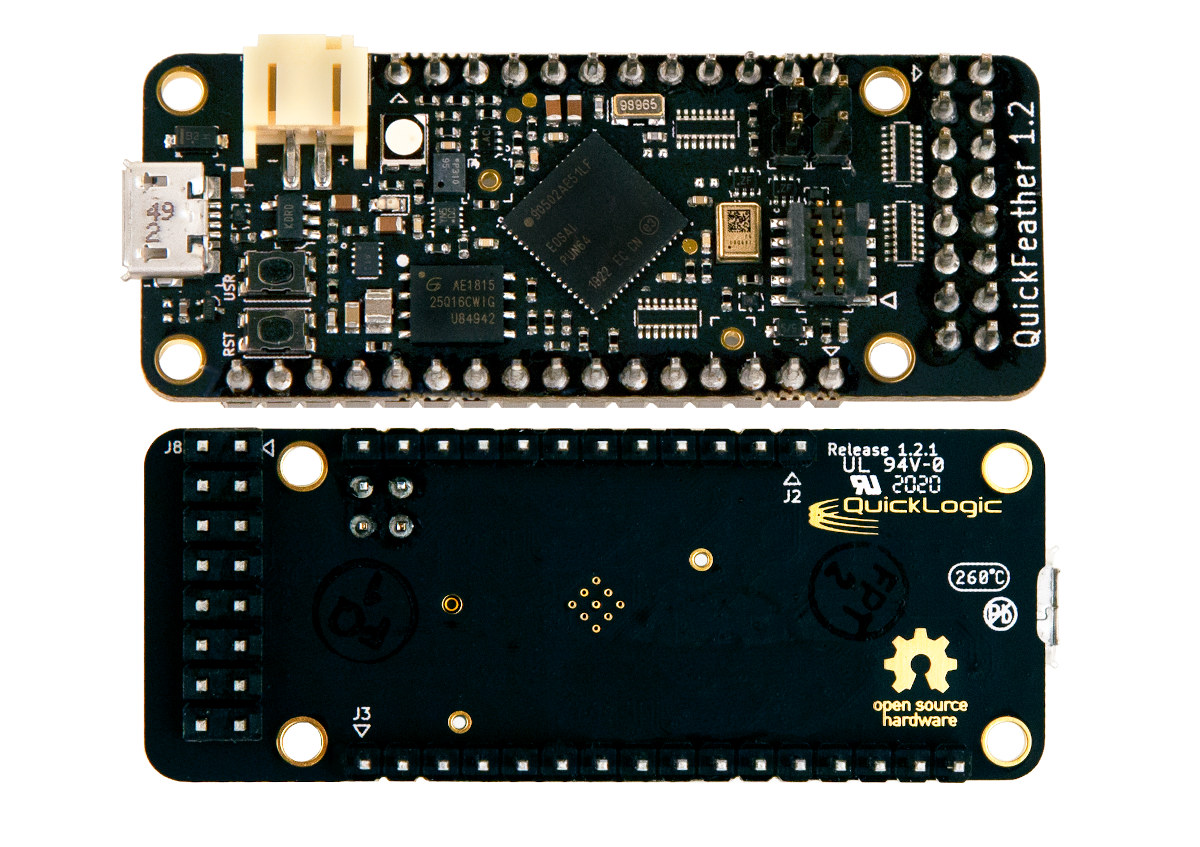Seeed Studio ODYSSEY-X86J4105 is an Intel Celeron J4105 Gemini Lake SBC that also happens to integrate an Arduino compatible Microchip SAMD21 Arm Cortex M0+ microcontroller that makes it suitable as an all-in-one Arduino platform. But it can do much more with 8GB RAM, an optional 64GB eMMC flash, HDMI & USB-C DisplayPort 4K video outputs, dual Gigabit Ethernet, and support for both SATA and NVMe storage. The board runs Windows 10 Enterprise by default (if you purchase the board with an eMMC flash), and supports Linux distributions as well. Seeed Studio sent me a review sample, so I’ll start by checking out the hardware first. ODYSSEY-X86J4105 Unboxing I received ODYSSEY-X86J4105864 with a built-in 64GB eMMC flash pre-loaded with Windows 10 Enterprise. Let’s have a quick look at the board with USB, Ethernet and video output ports previously described, as well as built-in dual-band Wi-Fi 5 & Bluetooth 5.0 module, and […]
Intel Introduces Thunderbolt 4, Showcases MultiPort Thunderbolt 4 Docks
Intel has just introduced Thunderbolt 4 universal cable connectivity solution for data, video, and power with up to 40 Gbps bandwidth, and USB4 specification compliance. The new standard can support up to four Thunderbolt ports in docks and universal cables up to 2 meters in length. Compared to Thunderbolt 3, Thunderbolt 4 doubles the minimum video and data requirements leading to support for two 4K displays or one 8K display, and PCIe storage speeds up to 3,000 Mbps. It also enables PC charging on at least one computer port and allows you to wake your computer from sleep by touching the keyboard or mouse when connected to a Thunderbolt dock. It also adds mandatory Intel VT-d-based direct memory access (DMA) protection to helps prevent physical DMA attacks. The first processors to integrate Thunderbolt 4 will be “Tiger Lake” mobile processors, and the company also announced the Thunderbolt 4 controller 8000 […]
ETSI Releases EN 303 645 IoT Security Standard for Consumer Devices
To be successful over the long term, IoT must be secure, at least that’s what people say. So in 2016, UL introduced the UL 2900 IoT security standard, but it set the bar so high, that nobody ended up using it. and the UL IoT Security Rating System was introduced last year with various rankings for IoT devices security from bronze to diamond. The rating system was based on various countries/regions standard including ETSI TS 103 645 standard for the European market which defined requirements in terms of software updates, data & cryptography, logical security, system management, privacy protection, protocol security, and processes and documents. The ETSI Technical Committee on Cybersecurity (TC CYBER) has now released an update to TS 103 645 IoT security standard with ETSI EN 303 645 “that establishes a security baseline for internet-connected consumer products and provides a basis for future IoT certification schemes”. There are […]
Maia ESP32-S2 Development Board Features Micro USB OTG Port, Prototyping Area
One of the advantages of the new ESP32-S2 processor is that it offers a USB OTG interface. So far few boards took advantage of the extra interface, and one of the rare ones is Cucumber ESP32-S2 board with a USB-C OTG port. There’s another option with a slightly unusual form factor thanks to Stetel Things’ Maia ESP32-S2 development board with the typical USB-C port for power and debugging, plus a micro USB OTG port, and a small prototyping area. Maia ESP32-S2 development board specifications: SoC – Espressif System ESP32-S2 single-core LX7 processor at up to 240 MHz with an ultra-low-power (ULP) RISC-V CPU, 320KB RAM Storage – 4MB flash Connectivity – 802.11b/g/n WiFi 4 with on-board PCB antenna USB 1x Micro USB OTG port for data and power 1x USB-C port for programming (virtual UART) and power Expansion 24-pin I/O header “Playground” prototyping area with 4x 18 through holes including […]
3D Printer Retraction Calibration Vol II – Calibration Generator Program Release
Good day. Karl here. It has been a while since I have submitted any articles. I got burned out and my normal day job picked up considerably. I have been keeping busy but not with anything I would share by itself. I will start out with an update on what I have been up to. You can skip to the 3D printer retraction calibration section with the release of the Calibration Generator tool if you are not interested. What have I been up to? First, I have been doing a lot of gaming. Been playing Fortnite, Red Dead Redemption 2, and some other random games. I am trying hard to keep up with my son. Unraid OS. So many things to explore and learn. Docker, VM’s, and storage. There is so much goodness in this OS. I was able to consolidate several services into one box. I had a standalone […]
Design an Open-Source SoC with Google SkyWater PDK, Get It Manufactured for Free
With open ISAs like RISC-V, it’s become easier – provided you have the skills – to develop or customize your own SoC using RTL files, compile it with EDA tools, and run the resulting bitstream on an FPGA. But if you ever wanted to get an actual chip that would become more complex, as you’d need to request a process design kit (PDK) from a foundry, and pay for the manufacturing cost, which amounts to at least several thousand dollars for older process nodes. But the FOSSi (Free and Open Source Silicon) Foundation has good news with Tim Ansell of Google announcing the SkyWater PDK, the first manufacturable, open-source process design kit. There are other open-source PDKs, but they aren’t manufacturable and/or only support older 0.35/0.5 micron nodes. The SkyWater PDK allows you to produce chips with the SkyWater foundry in the 130nm node. That’s a big improvement since you […]
QuickFeather Board is Powered by QuickLogic EOS S3 Cortex-M4F MCU with embedded FPGA (Crowdfunding)
Yesterday, I wrote about what I felt what a pretty unique board: Evo M51 board following Adafruit Feather form factor, and equipped with an Atmel SAMD51 Cortex-M4F MCU and an Intel MAX 10 FPGA. But less than 24 hours later, I’ve come across another Adafruit Feather-sized Cortex-M4F board with FPGA fabric. But instead of using a two-chip solution, QuickLogic QuickFeather board leverages the company’s EOS S3 SoC with a low-power Cortex-M4F core and embedded FPGA fabric. QuickFeather board QuickFeather specifications: SoC – QuickLogic EOS S3 with Arm Cortex-M4F Microcontroller @ up to 80 MHz and 512 Kb SRAM, plus an embedded FPGA (eFPGA) with 2400 effective logic cells and 64Kb RAM Storage – 16Mbit SPI NOR flash USB – Micro USB port with data signals tied to eFPGA programmable logic Sensors – Accelerometer, pressure sensor, built-in PDM microphone Expansion I/Os – Breadboard-compatible 0.1″ (2.54 mm) pitch headers including 20 Feather-defined […]
Fraunhofer HHI H.266/Versatile Video Coding (VVC) Halves the Data Requirements of H.265
There’s a lot of hype around AV1 royalty-free video codec since it has backing from large companies, better characteristics than H.265 or VP9, and is already used by YouTube and Netflix. AV1 hardware decoders are also found in new processors like Amlogic S905X4 or Mediatek Dimensity 1000+. But we previously noted that H.266, aka VCC (Versatile Video Coding), was in the works, and Fraunhofer HHI has just announced the release and official adoption of the H.266/Versatile Video Coding (VVC) video compression standard. H.266 standard offers improved compression, which reduces data requirements by around 50% compared to the previous H.265/HEVC standard at the same visual quality. In practical terms, a 10GB H.265 video now only needs 5GB with H.266 video codec saving both storage and bandwidth. The standard can be used to transmit and store commonly used video resolutions from SD to HD up to 4K and 8K and also supports […]

